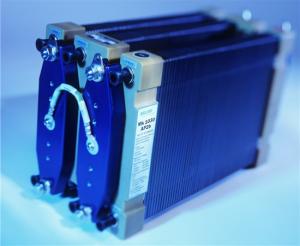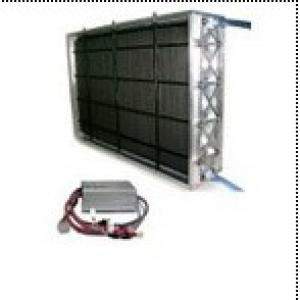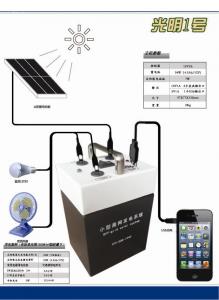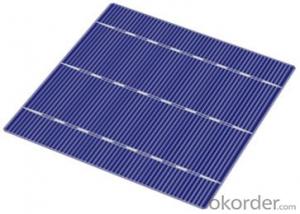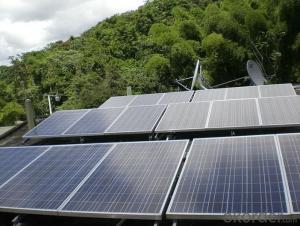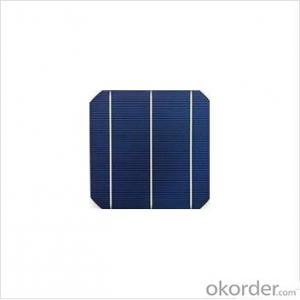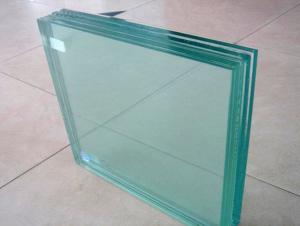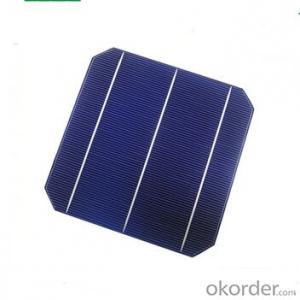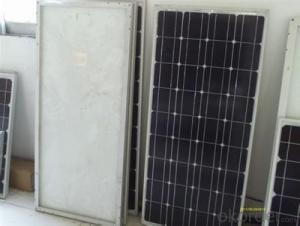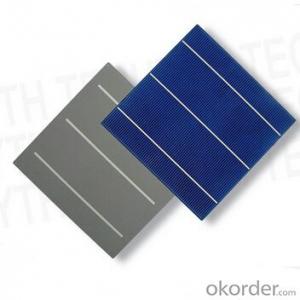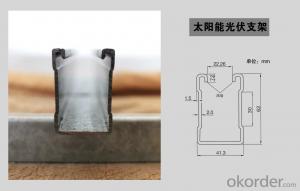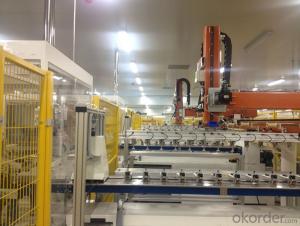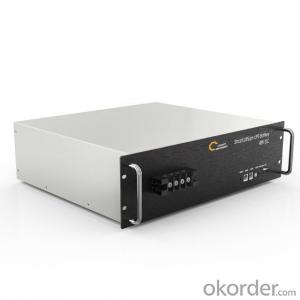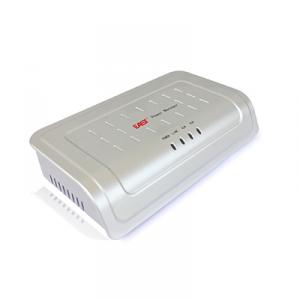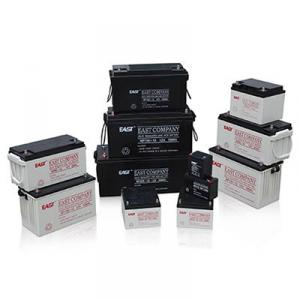Broken Solar Cells
Broken Solar Cells Related Searches
Cracked Solar Cells Blemished Solar Cells Buy Broken Solar Cells Broken Solar Cells For Sale Broken Solar Inverter Full Tabbed Solar Cells Broken Loose Solar Cells Chipped Solar Cells Pretabbed Solar Cells Photovoltaic Solar Cells Black Solar Cells Raw Solar Cells Free Solar Cells Bare Solar Cells Bulk Solar Cells Biogenic Solar Cells Low Light Solar Cells Problems With Solar Cells Organic Solar Cells Low Cost Solar Cells Folding Solar Cells Floating Solar Cells Large Solar Cells Printed Solar Cells Amorphous Solar Cells Foldable Solar Cells Electric Solar Cells Lightweight Solar Cells Compact Solar Cells Plant Based Solar CellsBroken Solar Cells Supplier & Manufacturer from China
Broken Solar Cells are a type of photovoltaic product that has been damaged or rendered non-functional due to various reasons such as manufacturing defects, transportation mishaps, or installation errors. These cells, although not suitable for large-scale power generation, can still find use in certain applications and scenarios.Broken Solar Cells can be utilized in various ways, such as for educational purposes, research and development, or even as a component in small-scale DIY projects. They can be particularly useful for those looking to understand the inner workings of solar technology or for testing new materials and designs in a controlled environment. Additionally, these cells can be employed in art installations or as a sustainable energy source for remote, low-power devices.
Okorder.com is a leading wholesale supplier of Broken Solar Cells, offering a vast inventory of these products at competitive prices. With a commitment to quality and customer satisfaction, Okorder.com ensures that buyers receive the best possible Broken Solar Cells to meet their specific needs and requirements.
Hot Products






